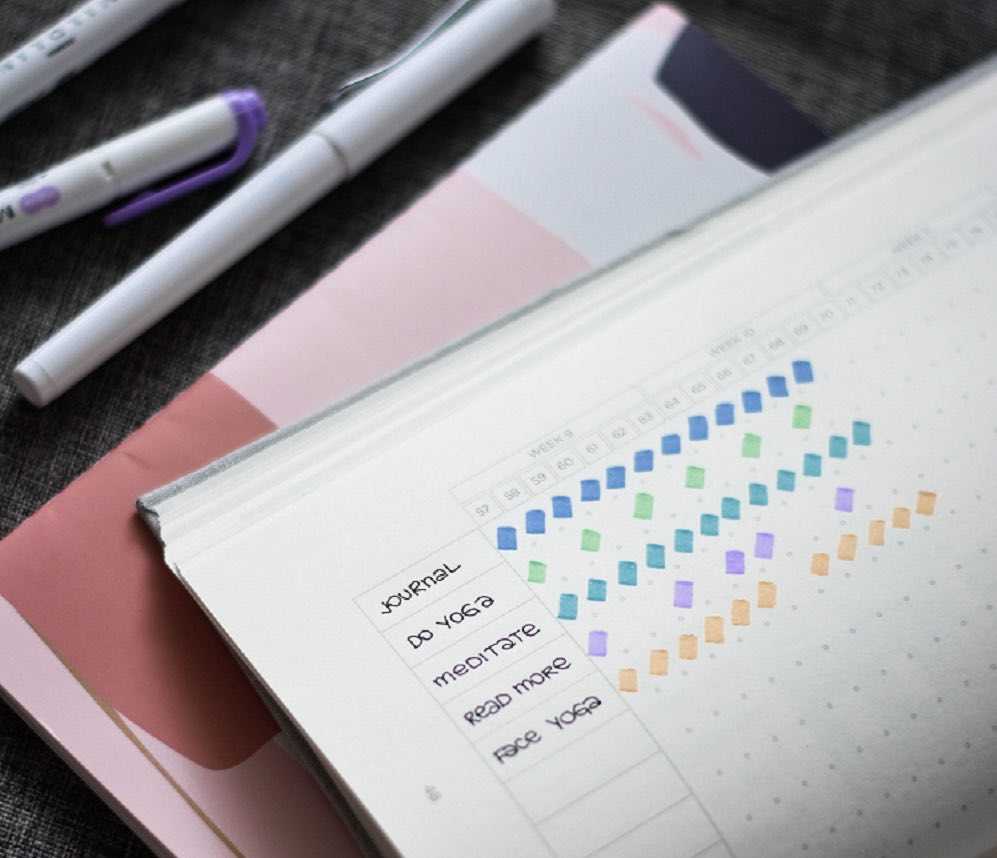Credit Utilization: Myths and Facts
Understanding credit utilization is key to building and maintaining a good credit score, but there are many misconceptions about how to manage it. Credit utilization measures how much of your available credit you're using for all of your credit lines, and it can significantly impact your credit score. Here are the most common myths and the real truths you should know about credit utilization.

Myth: Carrying a balance helps your credit score.
Fact: This myth is one of the most widespread. Carrying a balance or only making minimum payments not only adds unnecessary interest to your balance but could actually harm your credit score if your utilization is too high. The best practice is to pay your credit card balance in full every month, if possible, to avoid interest accumulation and help maintain a good credit score.
Myth: Closing old credit card accounts boosts your score.
Fact: Closing old accounts could negatively impact your score. Credit utilization is calculated by dividing your total credit card balances by your total available credit limits. If you close an account, you reduce your available credit, which can increase your utilization ratio and potentially lower your credit score. Additionally, your credit history, or how long your accounts have been open, is another key factor that determines your credit score; close one of your oldest accounts and your credit history is reduced, which could negatively impact your score.
Myth: It’s fine to use up to 50% of your credit limit.
Fact: While using 50% of your credit limit may not be immediately damaging, keeping your utilization below 30% is considered good, according to TransUnion. Lower utilization (10% or below) is ideal. High credit utilization signals to lenders that you may be overextended and unable to take on more credit, so keeping it low can help your credit score and may help increase your chances of being approved for more credit.
Myth: Utilization only matters on an individual card basis.
Fact: Credit utilization is calculated both per individual card and across all your credit cards. A high balance on just one card can still hurt your score, even if your overall utilization is low.
Tips for Managing Credit Utilization
By understanding the truth behind these myths, you’ll be able to manage your credit utilization more effectively and may see positive long-term impacts on your credit score. Although everyone’s credit profile and financial wellness may vary, generally, here are some tips to help you do so:
- Monitor regularly: Regularly check your credit report and account balances to stay aware of your credit utilization ratio. By keeping a close eye on your balances, you’ll have a better idea of when your utilization might be creeping up. Monitoring also helps catch any errors or fraudulent and unauthorized charges that could impact your credit score. Free tools, like Upgrade’s Credit Health Monitoring, can provide alerts or updates to help keep you on track.
- Request higher credit limits: A higher credit limit can help lower your credit utilization ratio, as long as you avoid increasing spending. For instance, if your limit is raised from $5,000 to $7,500 and you maintain the same spending level, your utilization ratio improves, which could help benefit your credit score. However, be cautious not to use the additional credit as a green light for more spending—it’s best used as a buffer for better utilization rather than an increase in available cash.
- Make multiple payments each month: Instead of waiting for the due date, try making smaller payments throughout the month. Frequent payments help keep your balances low as they prevent your balances from climbing too high at any given time. Many credit card issuers allow you to make multiple payments without extra fees, so you can pay off charges as they come in or as you receive income. This approach can also make it easier to stick to a budget, as you’re paying down your spending incrementally.
- Pay off balances quickly: Aim to pay down balances before your statement closing date. By paying early, you reduce the balance reported to credit bureaus, which can lower your reported utilization. For example, if you make a significant purchase, consider paying it off before the billing cycle closes rather than letting it appear as an unpaid balance. This strategy can be particularly useful if you’re planning to apply for new credit soon, as lower utilization can positively impact your score.
- Spread out your spending across accounts: If you have multiple credit cards, consider distributing expenses across them to avoid high utilization on any single account. Even if your overall utilization is low, having one card with a high balance could impact your score. By balancing your spending across accounts, you keep each card’s utilization lower, which can look better on your credit report and further protect your credit score.
Using these strategies consistently can help you keep your credit utilization low and your credit score strong, enhancing your overall financial health. Learn more about the factors that go into your credit rating and how to manage your score by using Upgrade’s Credit Health tools. You’ll get access to your free credit score and personalized recommendations on how to improve it.


